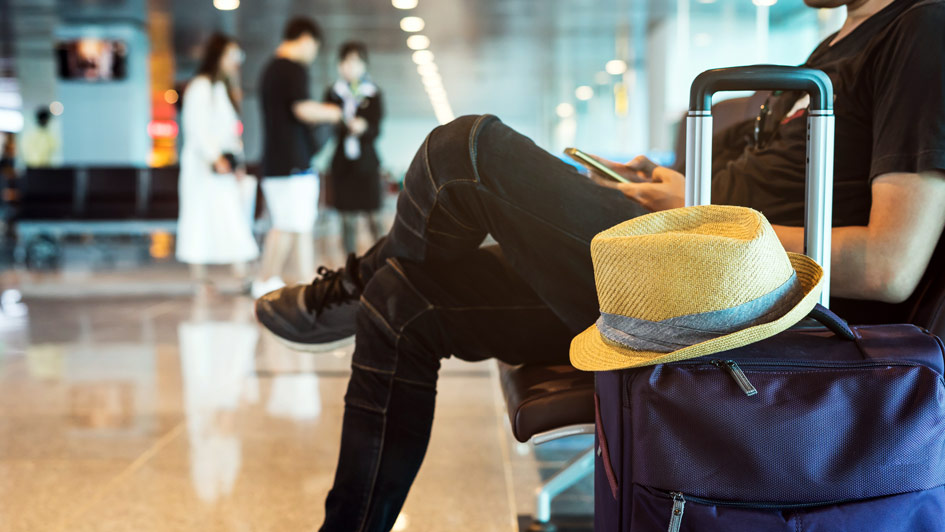
Between a relaxing vacation or a long trip for work, traveling means making plans for your heating and cooling system. You don't need it as long as you’re away, so you can adjust the temperature as appropriate to minimize your energy use. At the same time, you shouldn't just leave it off for the entire time you're out of the house.
Instead, it’s ideal to leave your HVAC system going and adjust the temperature depending on whether it's winter or summer. That way you can lower energy costs without having to worry about coming back to an uncomfortable home. We’ll review why you should avoid turning your HVAC system off as well as the best thermostat settings for summer and winter.
Here’s Why You Don't Leave Your Thermostat Alone
While you could be tempted to turn your HVAC system off before a trip, this can end up stirring up annoying problems by the time you return. This is notably true if the weather will be severely hot or cold while you’re out of town.
For example, shutting the HVAC system off in the summer will sometimes cause very high humidity. Not only will your home feel gross when you come back, but it may have also encouraged mold/mildew growth or pest infestations.
And during the winter, letting your house get cold could lead to pipes icing over or even bursting. It’s never fun to get home from a nice trip only to discover considerable water damage near a broken pipe.
Ideal Thermostat Settings While at Work
You can make temperature adjustments even if you’re coming and going to work. Because you’re not home for around 8 hours or so, it doesn’t help your monthly energy bill to keep an empty home the same temperature as when you're home. In general, it’s encouraged to raise the thermostat by 5 degrees or so. This means that if you prefer a comfortable 72 degrees, try increasing it to 76-77 while you’re gone.
But you may save even more if you're open to further adjusting the temperature. As stated by the Department of Energy, you could save around 10% on your HVAC spending by making an adjustment of 7-10 degrees.
Best Thermostat Settings While on Vacation in Summer
If you're on an extended trip in the hottest part of summer, you can make larger adjustments. This helps you avoid using too much energy while still defending your home from the problems that come with leaving it without air conditioning. Something like 5 degrees is recommended for shorter trips while a larger adjustment of 10 degrees is best if you’ll be gone for 2 weeks or longer. If you enjoy keeping the house at 72 in the summer, 78-82 will offer great results.
Ideal Thermostat Settings While Away from Home in Winter
To figure out the ideal thermostat setting for a winter trip, consider lowering the temperature by the same amount you would increase it in summer. 68 is a popular winter thermostat setting, so adjusting to 63-58 will protect your plumbing while minimizing how frequently your furnace operates.
Smart Thermostats Are Even Better: Advantages of Smart Thermostat Installation
A great way to manage your home’s HVAC system while away is with a smart thermostat. This advanced type of programmable thermostat employs intelligent software to understand your usual comfort habits. It gradually understands these preferences and makes automatic changes to the schedule for maximum energy efficiency. And with Wi-Fi compatibility, you can remotely control your HVAC system with a smartphone or tablet.
Smart thermostats are packed with features to help you save on your energy bill. For example, specific models can track electricity prices to boost heating or cooling when prices are lower. They are compatible with high-efficiency, variable-speed equipment to fine-tune how long your HVAC system should run. It’s the ideal tool to enhance how you use your comfort system. If you’re considering investing in a smart thermostat, there are a variety of ways you can bring down your costs, effectively getting a smart thermostat for free. The next time you are away from home, you can enjoy true peace of mind that your HVAC system won’t cause any trouble while you’re away.
